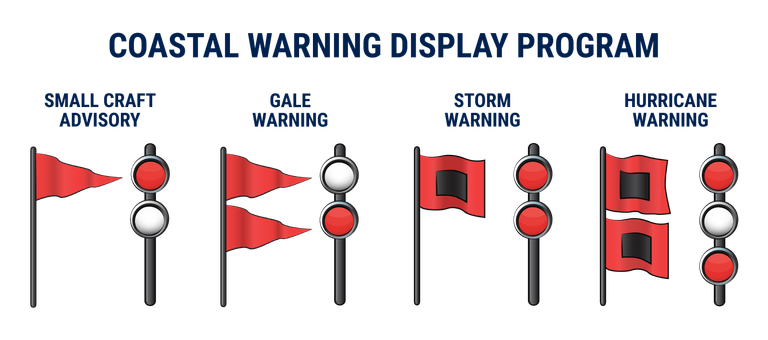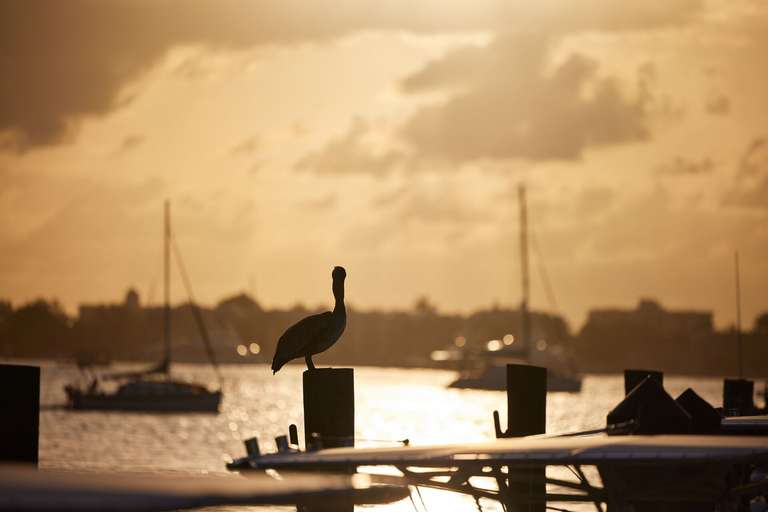What to Do When Boating in Shallow Areas
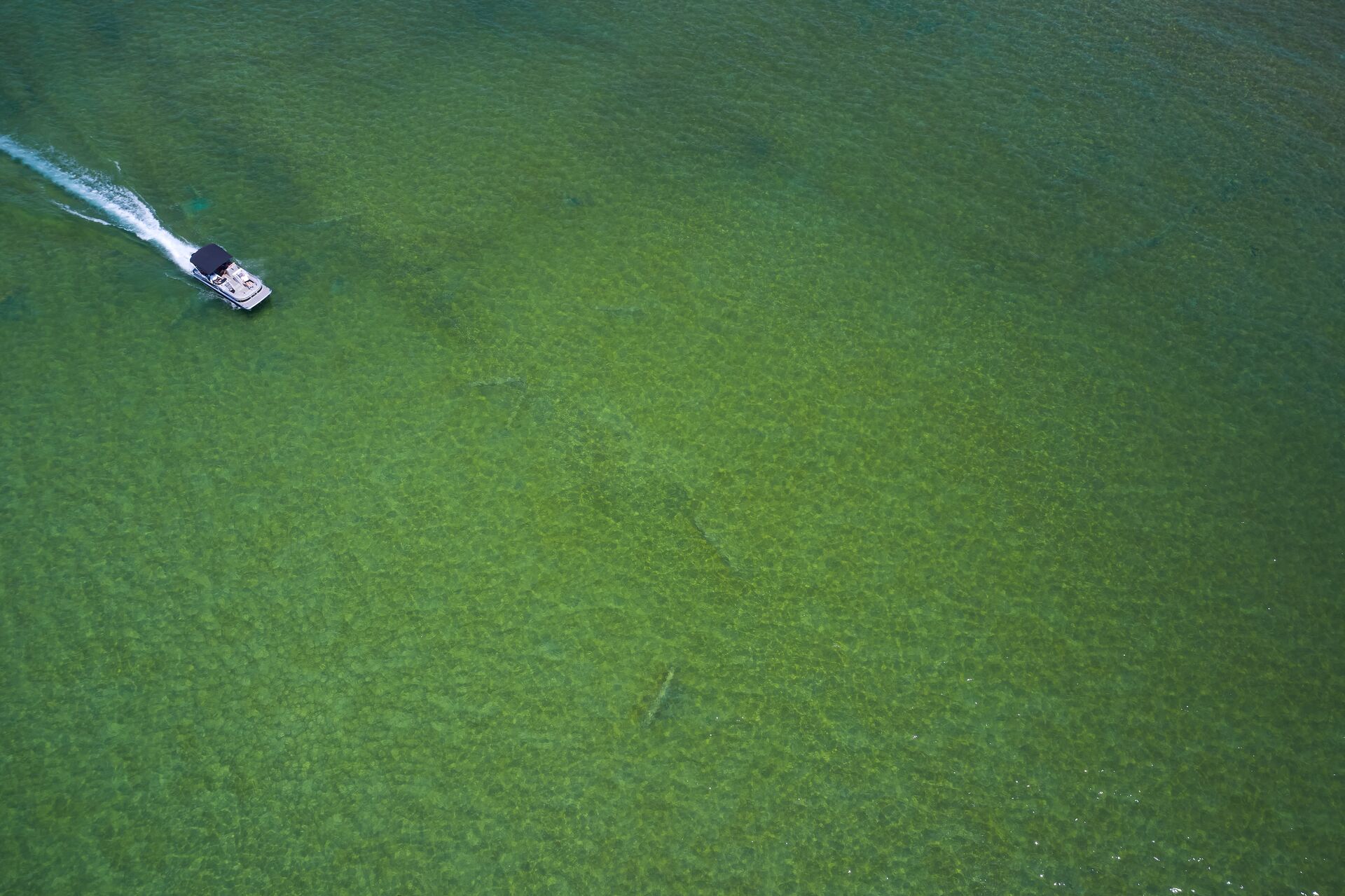
There are some essential points to consider when boating in shallow areas to reduce the risk of accidents and injuries. You don't want to damage your boat or get anyone hurt in shallow water.
How is operating a fishing or pontoon boat in low waters near shores or obstacles different than boating in deeper waters? Here's what you need to know about boating and fishing in shallow water locations to have more fun and enjoy a safer time on the water.

What Does the Draft of a Boat Mean?
So, what does the draft of a boat mean? A boat's draft refers to the minimum depth of water needed for the boat to float without hitting the bottom. This is typically measured from the waterline to the lowest point of the vessel, which is usually the keel or propeller.
Some vessels are considered shallow-draft boats, better suited for navigating shallow waters. Knowing your boat's draft helps prevent damage to the hull or motor and reduces the risk of getting stuck.
Always check your boat's specifications before venturing into shallow areas to protect yourself, your vessel, and your passengers. If you're unsure about the draft of your boat or the depth of your water, don't take any chances. Instead, avoid the location or take the time to gain more knowledge first.
Techniques for Navigating Shallow Water
The good news is that multiple techniques can help you navigate your boat through shallow water. Combining the right mix of techniques can help lower your risk of running aground or causing an injury.
These techniques can also increase your confidence and peace of mind.
Use a Depth Finder or GPS
Modern boating electronics indicate water depth and show shallow areas on charts. By looking for color-coded zones on navigation maps, you can identify potential hazards and reduce the chances of hitting your boat's bottom or propeller.
Go Slow and Stay Alert
Reduce speed when approaching shallow areas to avoid running aground.
Also, assign a lookout to watch for sandbars, rocks, or submerged objects. Having more than one pair of eyes scanning for problem areas can make a critical difference in whether a water hazard is noticed in time to avoid it.
Tilt or Trim Your Motor
Raise the outboard motor or use a trolling motor to prevent propeller damage in shallow areas.
Your boat's motor is vital to its operation, and motors can also be expensive to repair or replace. You don't want to risk damaging it; tilting or trimming it is an easy way to avoid unnecessary problems.
Anchor Wisely
Use a lightweight anchor for soft bottoms like sand or mud to avoid dragging. You want any anchor you place to stay put and keep your boat where it belongs.
If the anchor drags along the bottom, it can become damaged, allowing your vessel to drift into shallow waters.
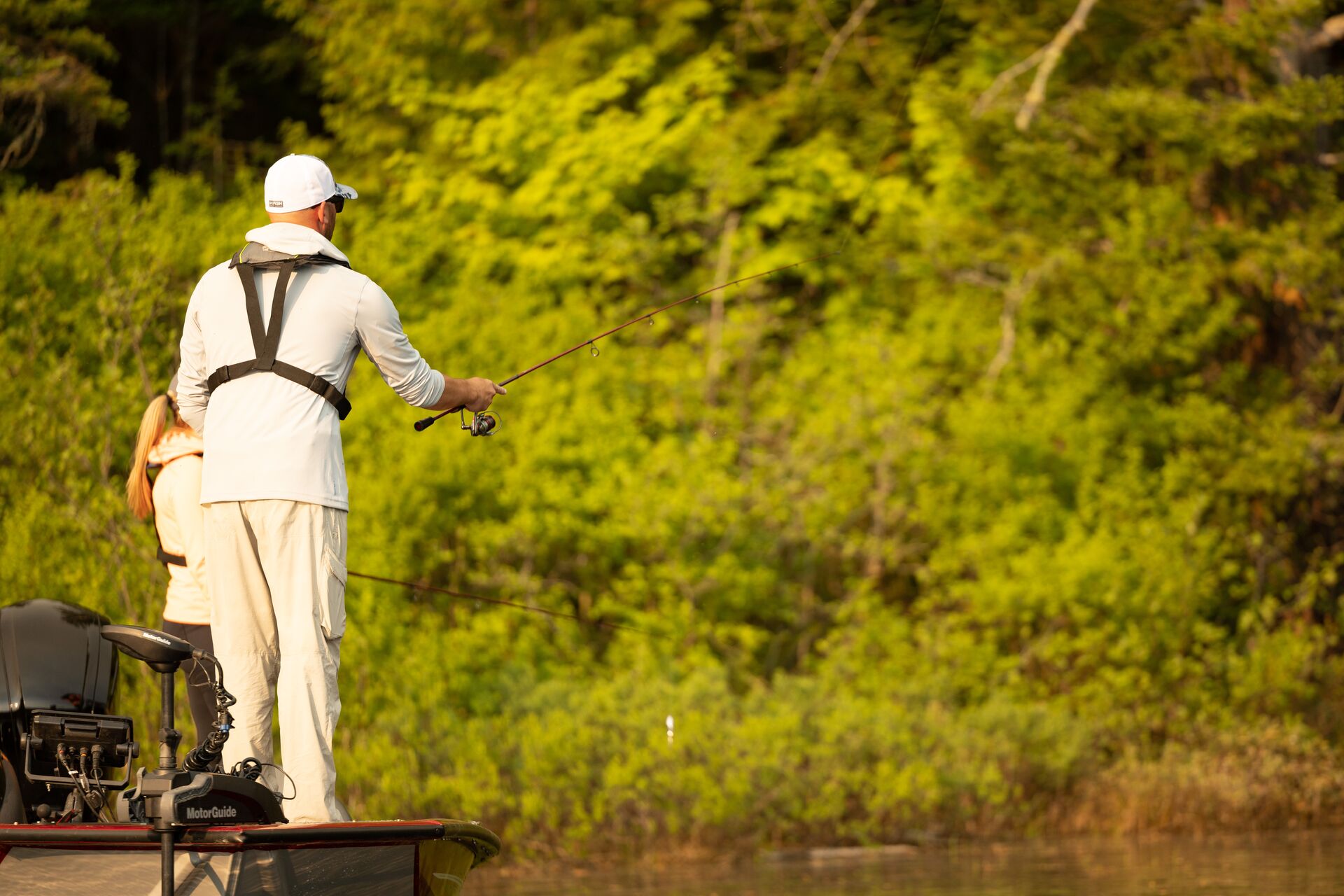
Boating and Fishing in Shallow Areas
Fishing shallow areas can mean finding baitfish and larger predators, especially in the early mornings or late afternoons. These spots provide excellent opportunities for fly fishing, topwater lures, or baitcasting, so they're popular locations for many anglers.
When fishing in shallow waters while on your boat:
- Use polarized sunglasses to spot fish and underwater structures.
- Be stealthy, as noise can easily scare fish in shallow waters.
- Adjust your tackle since lightweight and weedless rigs work well in areas with vegetation.
Learning to fish in shallow waters takes practice, but it can be an excellent way to catch some hearty fish, find bait, and truly enjoy your time on the water.
When fishing and boating in shallow areas, remember to stay aware of your surroundings to reduce the chances of accidentally running aground.
Safety and Environmental Considerations
One of the most critical aspects of boating responsibly in shallow areas is avoiding sensitive ecosystems. Propellers and anchors can damage coral reefs, seagrass beds, and other habitats. Boaters should always follow "No Wake" zones and respect protected areas.
Also, have a plan if you do run aground. Don't panic, and shift weight toward the stern. Then, tilt your motor and push off gently. In most cases, that's enough to free your vessel and get you moving again.
Carrying a paddle or pole for manual maneuvering is also a good idea.
Remember to check tide schedules, as shallow areas may become impassable at low tide. Knowing your location's tidal patterns can help you avoid getting stranded.

4 Essential Tools for Boating and Fishing Shallow
If your plans for the day include boating near shore or in shallow waters around a sandbar, don't forget to take some essential tools.
These include:
- Depth finder and GPS navigation systems.
- Push pole or oar for manual movement.
- Lightweight, shallow water anchors like Power-Pole systems.
- Protective gear for the motor and hull (e.g., prop guards).
The right tools can make a big difference in your safety and enjoyment and help you minimize risks.
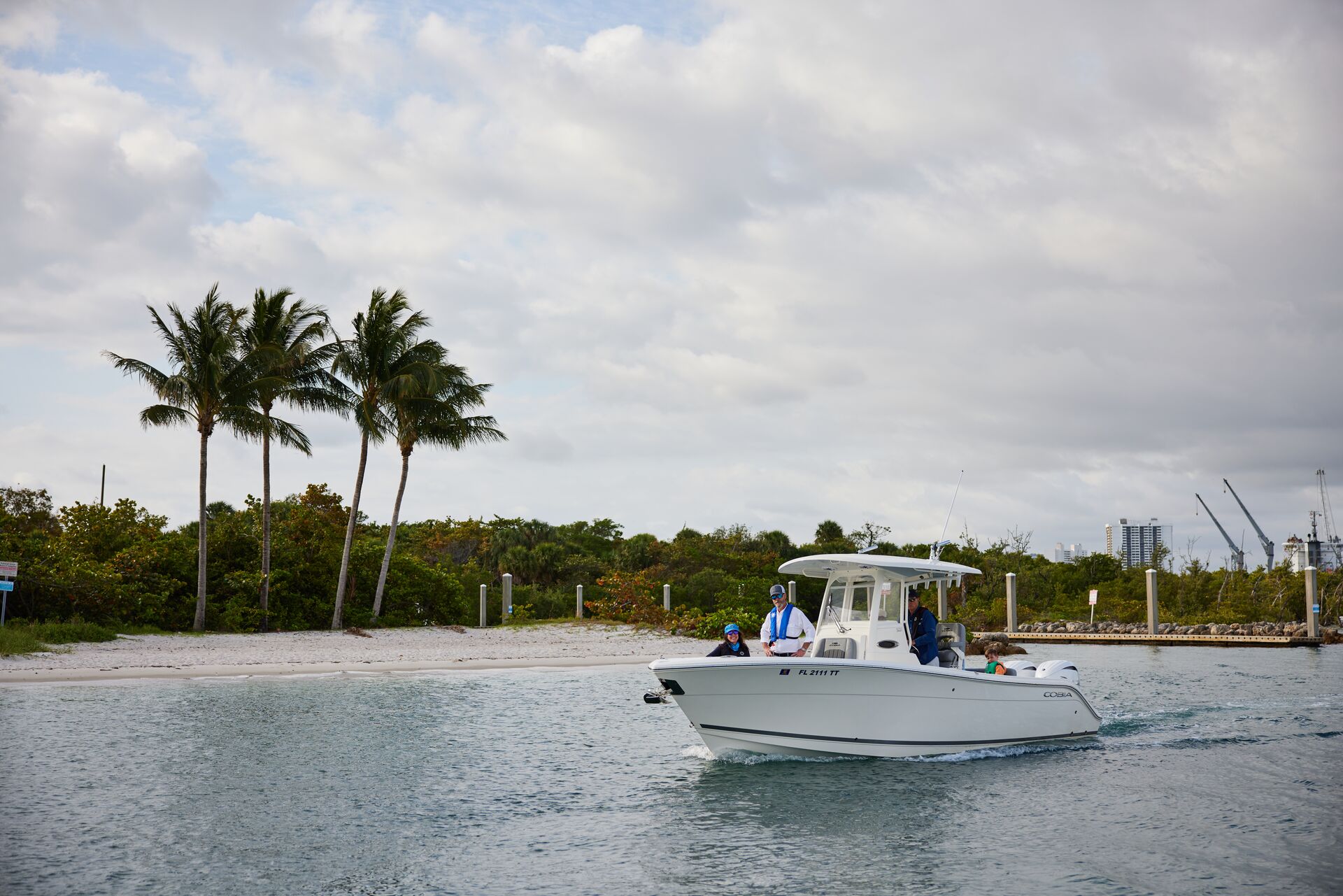
Stay Safe in Shallow (or Deep) Water With Boater Education
When boating in shallow areas, it's crucial to understand the risks and how to navigate the waters safely! Apply the tips we shared today, and you'll be on your way to being a responsible boat operator.
Whether you boat in shallow or deep waters, boater education is your first step toward safe and fun adventures on your boat. An ilearntoboat boater education course helps you learn about safety on the water before heading out on your boat.
Plus, our online courses meet state requirements for boater education, so you comply with regulations when operating your boat or jet ski after completing the course and passing the exam!
Hit the water (shallow or otherwise) safely this season!
Choose the course for your state and start learning.


